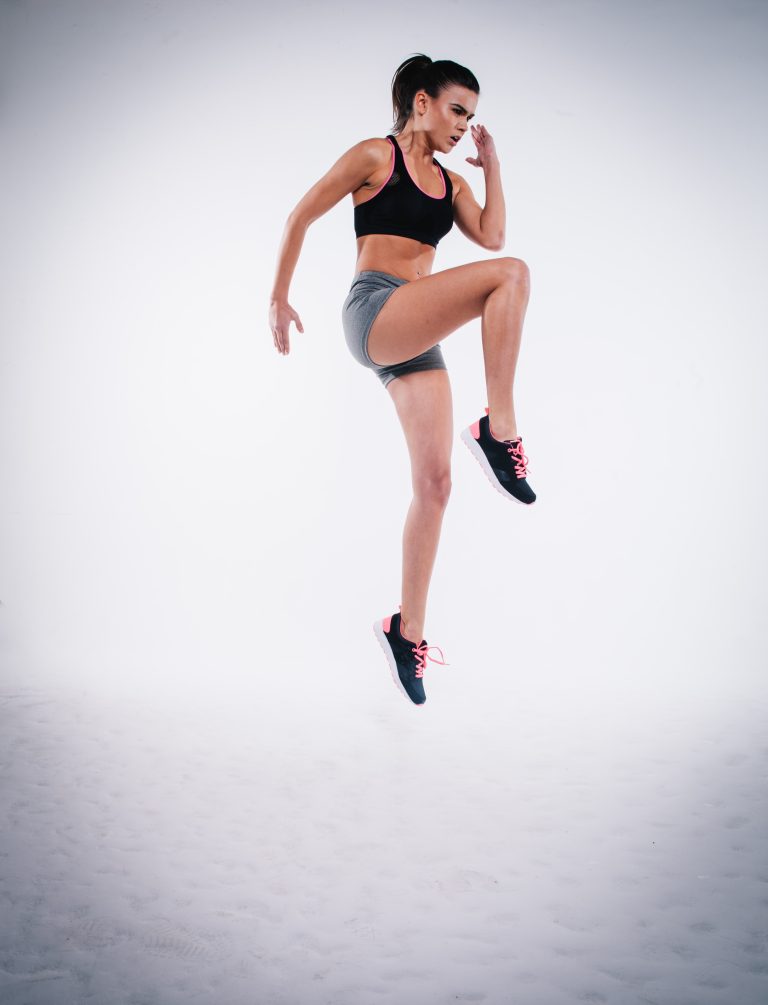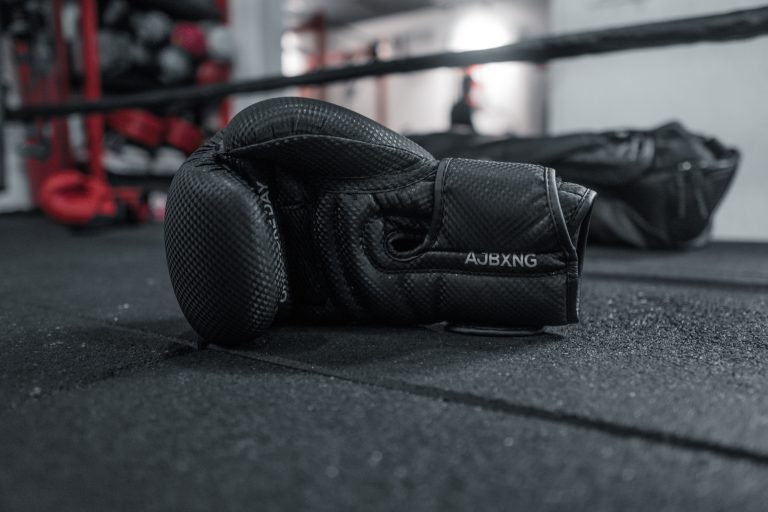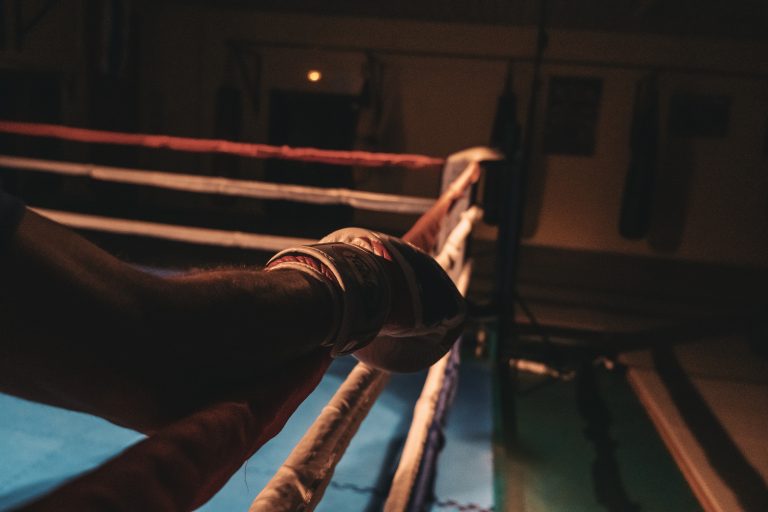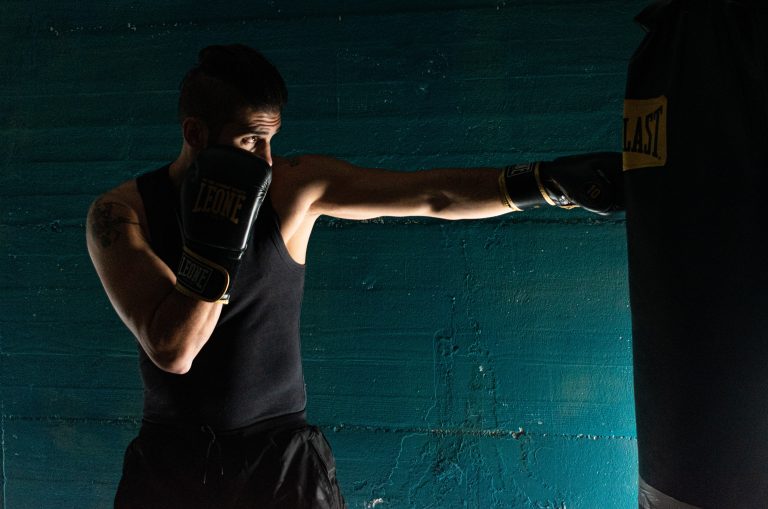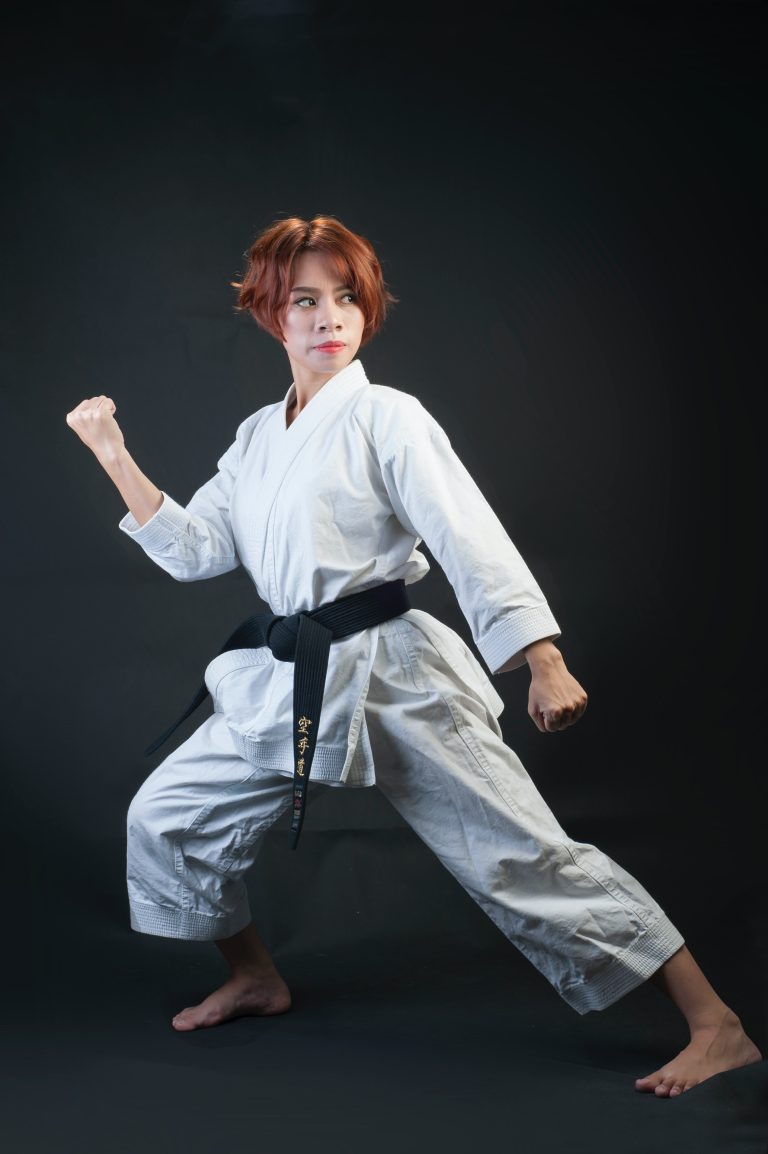How to Learn Kyokushin Karate at Home
Kyokushin karate is a full-contact style of karate that emphasizes practicality, physical conditioning, and sparring. For those looking to learn this martial art, going to a traditional dojo may not be feasible. However, learning kyokushin karate at home is not only possible but also an effective way to improve your skills. In this article, we will discuss how to learn kyokushin karate at home.
1. Find a Qualified Instructor
While it is possible to learn kyokushin karate at home, it is highly recommended that you find a qualified instructor. A qualified instructor will teach you proper techniques, help you improve your form, and provide guidance on how to progress in your training. Moreover, they will ensure that you learn the right way and avoid the risk of injury.
There are many online classes and resources for learning kyokushin karate at home, but not all of them are created equal. Do your research before selecting a program. Look for an instructor who has experience teaching and practicing kyokushin karate, preferably at a high level. You can check online reviews, ask for recommendations from other karate practitioners or instructors, or look for accreditation from kyokushin karate associations or organizations.
2. Practice Basic Techniques
Learning kyokushin karate at home requires discipline and commitment. One of the first things you should focus on is practicing basic techniques. These include kicks, punches, and blocks. Your instructor should provide detailed instructions on how to perform these techniques correctly.
It’s best to start with the basics and gradually progress as you build your strength and technique. Don’t try to rush your way through the program or move onto advanced techniques too soon. Focus on perfecting your basics before moving onto the next level.
3. Get into Shape
Kyokushin karate requires a lot of physical conditioning. It’s essential to get into good shape to be able to perform well and prevent injury. Regular exercise and conditioning will help you build endurance, strength, and flexibility.
In addition to regular karate training, you should also incorporate other exercises into your routine. These should include exercises that improve your cardiovascular health, such as running, cycling, or swimming. Strength training exercises, such as push-ups, sit-ups, and squats, can also help you build the strength necessary for karate.
4. Focus on Sparring
Sparring is an essential part of kyokushin karate. It allows you to practice your techniques against a real opponent and improve your reaction time and timing. You can practice sparring with a partner, or with a punching bag or other training equipment.
When practicing sparring, it’s important to wear appropriate protective gear, such as gloves, headgear, and mouth guards. You should also start at a low intensity and gradually increase over time. This will help prevent injury and allow you to build your skills safely.
5. Incorporate Mental Training
Kyokushin karate requires not only physical strength but also mental focus and discipline. To excel in this martial art, you must train your mind as well as your body. One way to do this is through meditation and visualization exercises.
Meditation and visualization can help you improve your focus, concentration, and mental toughness. You can incorporate these exercises into your daily routine, either before or after your karate training.
Most Frequently Asked Questions About Learning Kyokushin Karate At Home
Kyokushin Karate is a traditional martial art that originated in Japan in the mid-twentieth century. It is known for its rigorous training, emphasis on full-contact sparring, and its philosophy of self-improvement. With the developments of technology and the current situation with the pandemic, learning Kyokushin Karate at home has become an increasingly popular option to learn the art. Here are some of the most frequently asked questions about how to learn Kyokushin Karate at home.
1. Can I learn Kyokushin Karate at home without a sensei?
It is possible to learn the basics of Kyokushin Karate at home without a sensei, but it is highly recommended to find a qualified instructor to guide and correct your training. Karate training requires proper form, technique development, and the regular practice of katas – which are prearranged movements that simulate a fight with an imaginary opponent. Without proper guidance from a sensei, you risk injuring yourself and developing bad habits that can be difficult to correct later on. The best option is to find an online Kyokushin Karate course that provides live instruction and support, as well as a community to interact with.
2. What equipment do I need to train Kyokushin Karate at home?
To train Kyokushin Karate at home, you will need some basic equipment like a gi (karate uniform), a belt, and a training area (preferably a mat). Additionally, you will need a punching bag, focus mitts, and shin guards to practice striking techniques. You can also invest in some weight training equipment to build strength and endurance, like dumbbells, a kettlebell, or a sandbag. It is essential to purchase high-quality equipment to prevent injuries and ensure accurate technique execution.
3. How long does it take to master Kyokushin Karate?
The time it takes to master Kyokushin Karate varies from person to person, but it generally takes several years of consistent training to reach a high level of proficiency. The journey to becoming a black belt alone can take anywhere from three to five years of dedicated training. However, the focus of Kyokushin Karate is not on reaching mastery or earning ranks but on improving oneself continually. Some senseis believe that one can never fully master Kyokushin Karate, and the journey is lifelong.
4. Is it possible to spar in Kyokushin Karate at home?
Full-contact sparring is an essential aspect of Kyokushin Karate, but it is not recommended to spar at home without proper supervision to prevent injuries. However, some drills and exercises can simulate sparring and improve your striking, footwork, and timing. These drills require a partner or focus mitts to practice striking combinations and footwork patterns, and a heavy bag provides an excellent opportunity to improve power and accuracy.
5. Can I learn Kyokushin Karate at home even if I am not flexible?
Flexibility is an essential component of Kyokushin Karate, but it is not necessary to be flexible before starting your training. The regular practice of stretching can improve your flexibility over time, but it is essential to start gradually and not push yourself too hard, as this can lead to injury. Warm-up exercises like jumping jacks, burpees, and skipping can also help with flexibility, endurance, and overall fitness.
6. How often should I train Kyokushin Karate at home?
The frequency of your training depends on your schedule and level of commitment, but it is recommended to train at least two to three times a week. Consistency is key to making progress in karate training, and it is better to train regularly for shorter periods than sporadically for long hours. It is also essential to listen to your body and rest when you need it, as overtraining can lead to injuries and burnout.
Introduction
Kyokushin Karate is a challenging and fulfilling martial art that has gained popularity all over the world. Many people are interested in learning Kyokushin Karate but may not have access to a dojo or a qualified instructor in their area. Fortunately, there are ways to learn Kyokushin Karate at home. In this blog post, we will provide you with a step-by-step guide on how to learn Kyokushin Karate at home and achieve your goals of becoming a skilled martial artist.
Step 1: Understanding the Basics
Before you start learning Kyokushin Karate, it’s important to have a good understanding of the art’s basics. This includes learning about the stance, punches, kicks, and blocks. You can start by researching online and watching videos to get a better idea of what Kyokushin Karate is all about.
Some important basics to learn include:
- Kamae (the stance)
- Oi-Zuki (lunge punch)
- Mae-Geri (front kick)
- Jodan-Uke (upper block)
- Gedan-Barai (lower block)
Step 2: Set Up Your Training Space
The next step is to set up a martial arts training space in your home where you can practice your techniques. This space should be free of any obstacles and should provide enough room for you to move around comfortably. You should also have a mirror to help you see and correct your form, as well as a target to practice your kicks and punches on.
Step 3: Finding a Qualified Instructor
While it’s possible to learn Kyokushin Karate at home, it’s recommended that you try to find a qualified instructor who can help guide you through the learning process. This can be done by searching online for qualified Kyokushin Karate instructors or by reaching out to local martial arts clubs to see if they can offer any guidance.
Step 4: Set Goals and a Training Schedule
One of the most important aspects of learning Kyokushin Karate is setting goals and establishing a training schedule to help you achieve those goals. You should make a plan of how often you want to train and what you want to achieve each week, month, and year. This will help you stay motivated and track your progress.
Step 5: Warm-Up and Stretching
Before each training session, it’s important to warm up and stretch. This will help prevent injuries and allow you to perform at your best. Simple warm-up exercises such as running on the spot or jumping jacks can get your heart rate up and warm up your muscles. Stretching can help improve your flexibility and prevent muscle soreness the next day.
Step 6: Practice, Practice, Practice
The only way to get better at Kyokushin Karate is to practice as often as you can. During your training sessions, focus on perfecting your technique and form. It’s important to start slow and gradually increase your speed and intensity as you become more comfortable with the techniques. Don’t forget to take breaks and drink water to stay hydrated.
Step 7: Monitor Your Progress
It’s important to regularly monitor your progress to see how far you’ve come and where you need to improve. You can do this by recording your training sessions and watching them back to see where your technique needs work. You can also keep a training journal to track your progress and keep notes on what you have learned.
Conclusion
Learning Kyokushin Karate at home can be a challenging but rewarding experience. It’s important to take the time to learn and understand the art’s basics, set up a training space, find a qualified instructor, set goals and a training schedule, warm-up and stretch, practice as often as you can, and regularly monitor your progress. By following these steps, you can become a skilled Kyokushin Karate martial artist and achieve your goals.
Inhaltsverzeichnis

